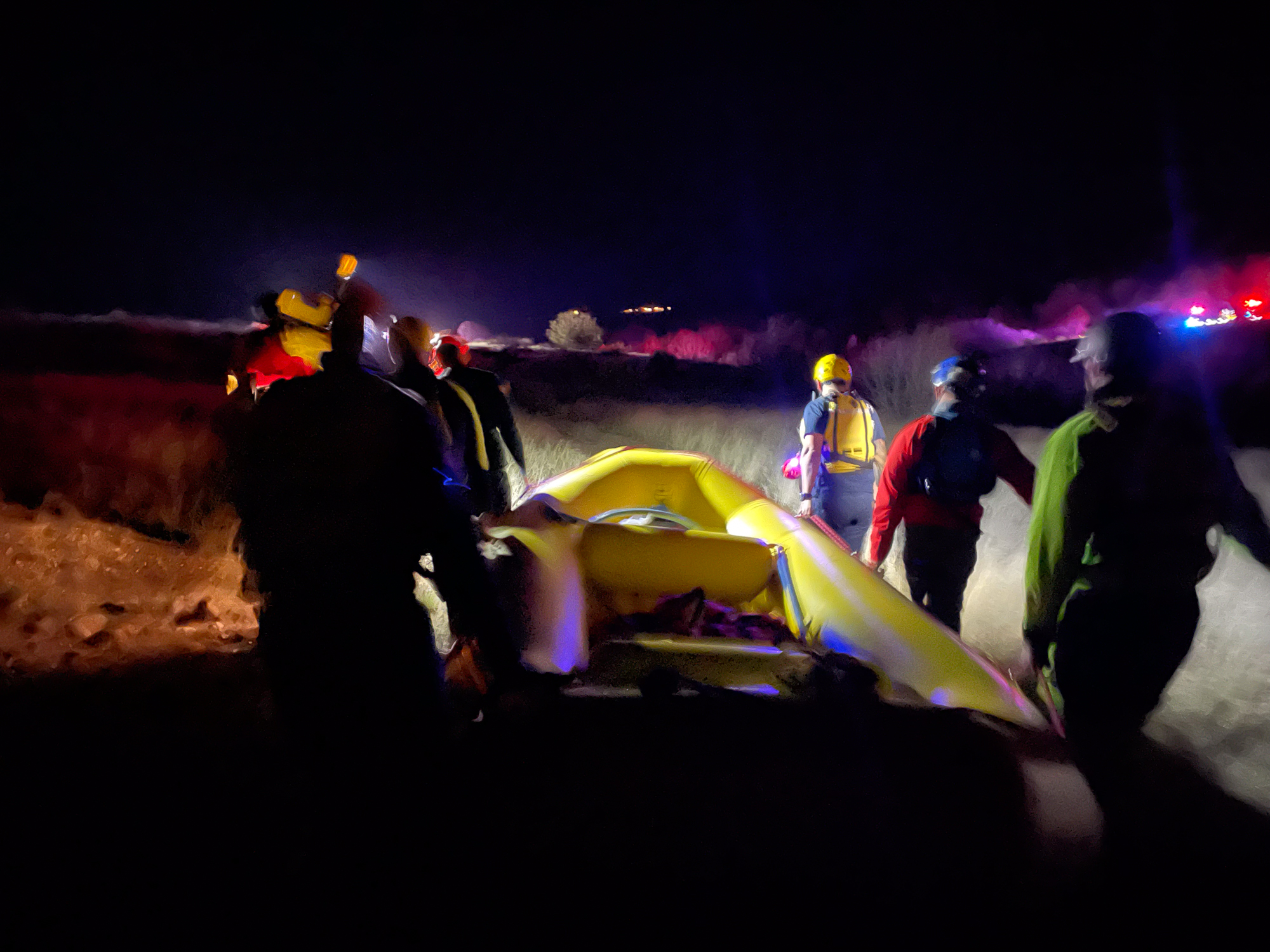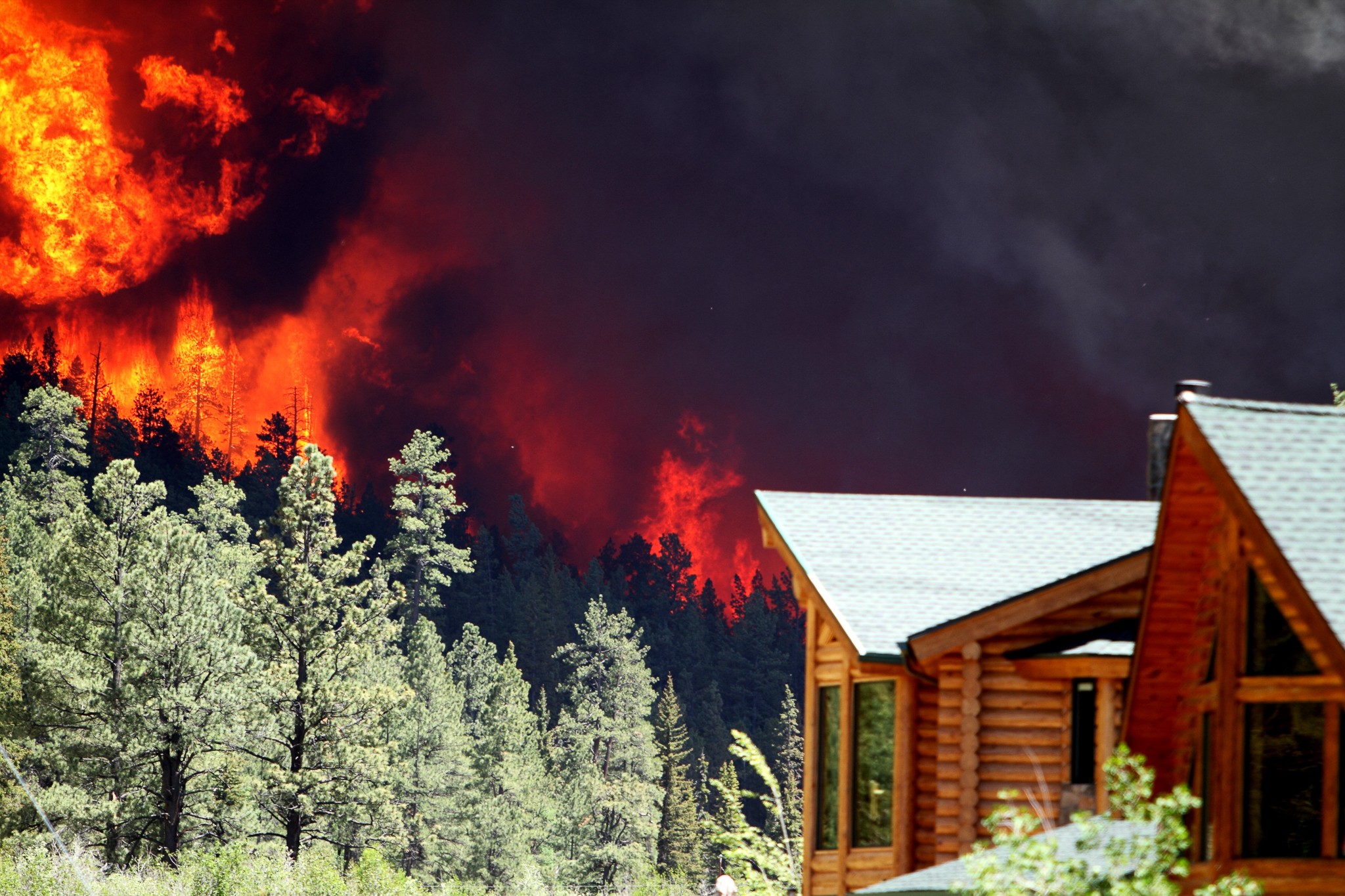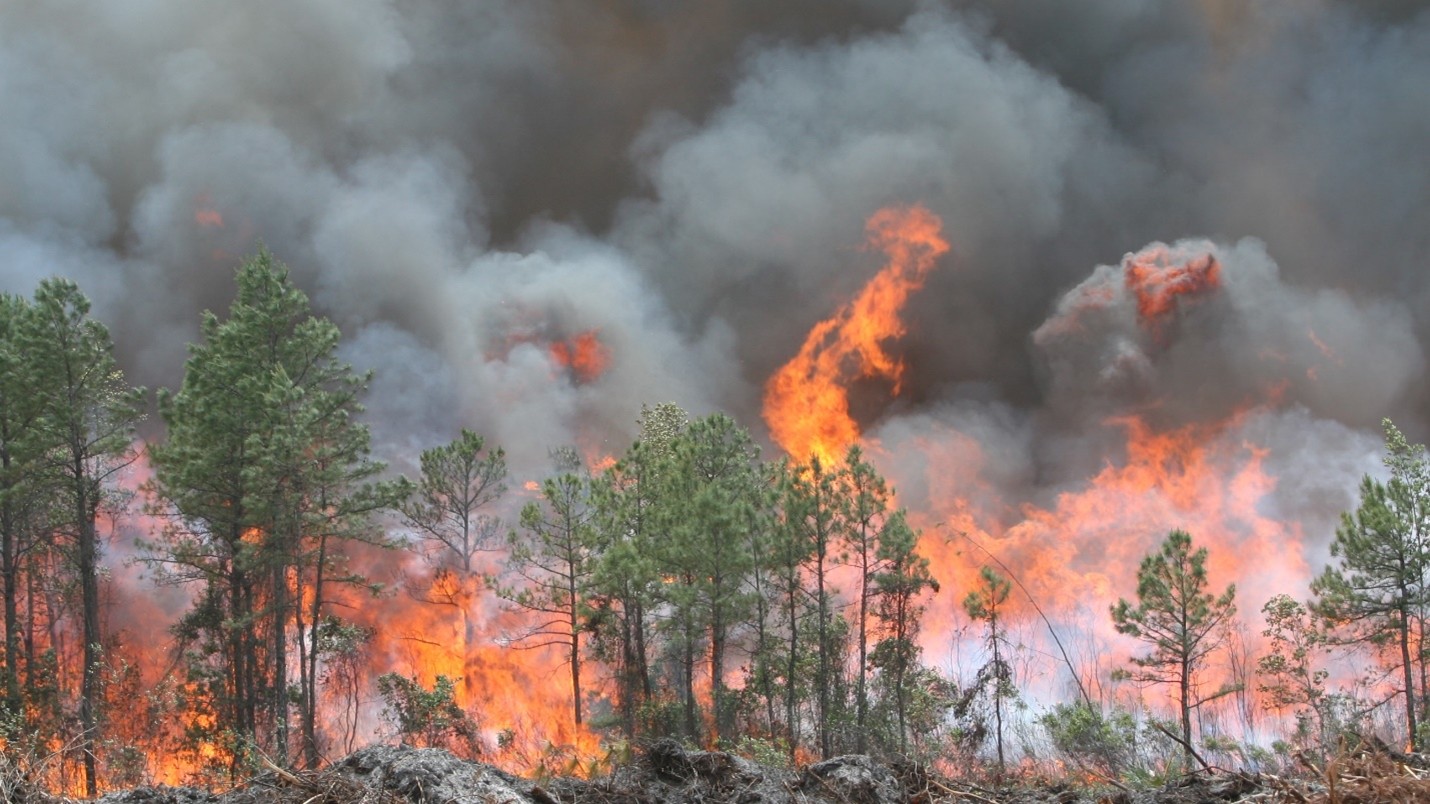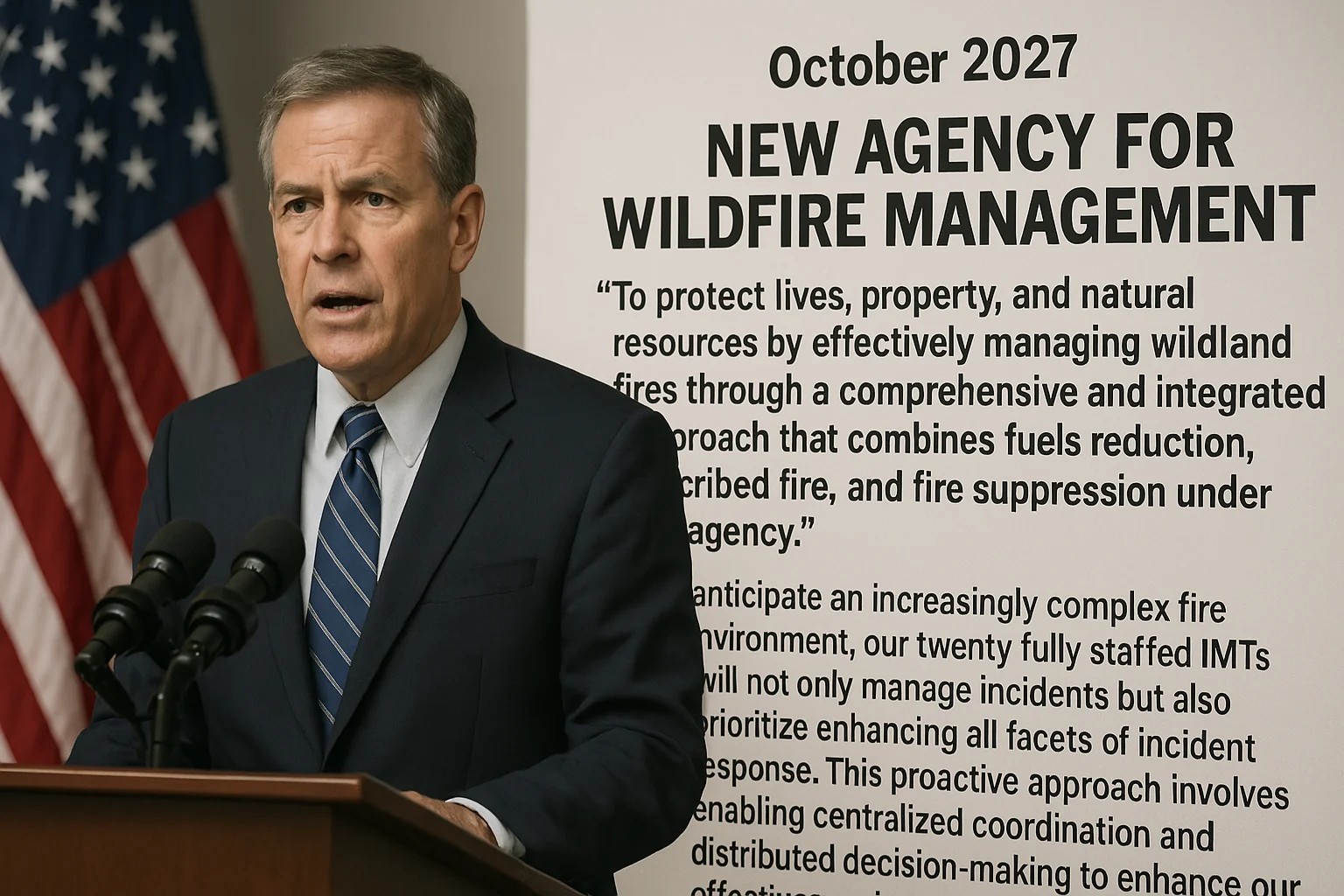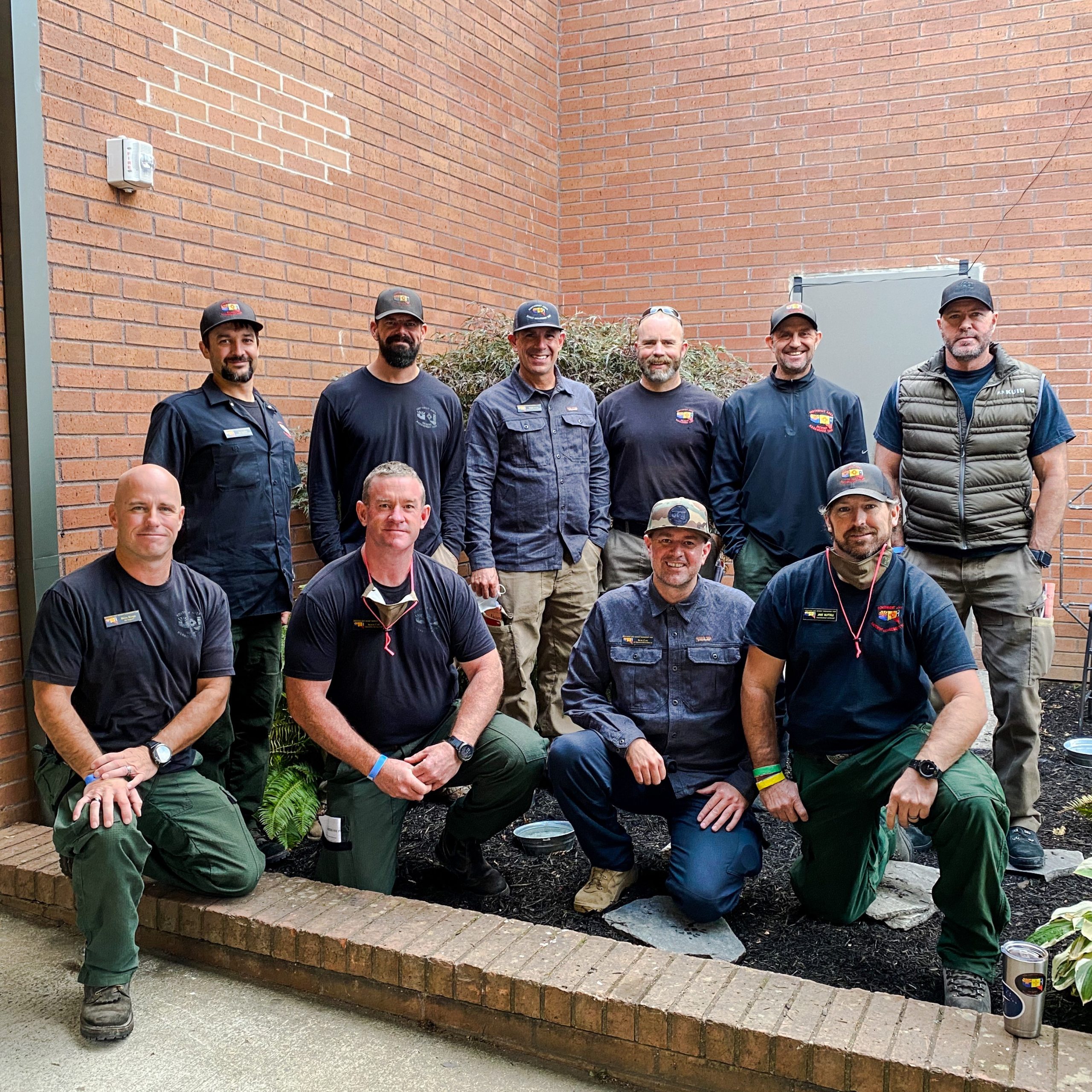
The Crucial Power of Cohesive Teams in a Disaster
Introduction
Established teams have shown themselves invaluable in various fields, demonstrating their ability to collaborate seamlessly, communicate effectively, and tackle complex challenges. The benefits of such teams become particularly clear in high-stakes situations, such as disaster response and incident management. Research and scholarly studies emphasize the advantages of cohesive, experienced teams in these critical contexts. By examining the findings of these studies, we can appreciate the impact established teams have on response effectiveness, decision-making, and overall outcomes. This scenario explores the contrasting experiences of two incident management teams during a hurricane recovery process, highlighting the importance of well-established teams and their significant contributions in times of crisis.
Cohesion from the Team Perspective
The ominous hurricane named “Tempest Fury” roared through the coastal region, leaving destruction and chaos in its wake. As the storm subsided, two teams of incident management professionals emerged to address the aftermath. In one town, the Black Team, a well-established and trusted group with years of experience, readied itself for the daunting task ahead. Meanwhile, in a neighboring town, the Blue Team, an ad-hoc team formed from a pool of available personnel, set out on their first mission together.
The Black Team, led by experienced Incident Commander Jordan, had weathered countless storms, fires, and floods together. Their cohesion and camaraderie cultivated a deep sense of trust and psychological safety within the team. They understood each other’s strengths and weaknesses and could anticipate one another’s actions. Their synergy operated like a well-oiled machine, fine-tuned over years of shared experiences. When new members joined the team, the senior members ensured that the shared sense of duty and commitment was communicated effectively. Jordan often reminded the team, “When the team gets called, I want you there, but feel free to arrive late or leave early if you have personal commitments; family comes first.” As they gathered for their initial briefing, there was an atmosphere of confidence and a unified purpose.
In contrast, the Blue Team, led by Brian, consisted of a diverse group of individuals who had never responded together before. They came from different agencies and regions, possessed varying levels of expertise, and were unfamiliar with one another. The absence of established relationships and common ground created a low-trust environment, where everyone was cautious and focused on self-preservation. The atmosphere within the Blue Team was marked by skepticism and uncertainty, with individuals promoting their own ideas and solutions. A reliance on positional authority had taken the place of a shared sense of purpose.
As both teams delved into their tasks, the differences between the Black and Blue Teams became evident. The Black Team coordinated their efforts seamlessly, leveraging their familiarity to execute plans efficiently. They communicated openly, offered suggestions, and sought input from all team members. Their shared trust fostered healthy debate, respectful disagreements, and ultimately led to the best course of action. They were not afraid to admit mistakes or ask for help, knowing their teammates had their backs.
In contrast, the Blue Team struggled to find common ground. The lack of trust hindered effective communication, as individuals hesitated to voice their opinions or challenge the status quo. Each team member advocated for their own ideas, often leading to conflicting strategies and wasted time. There was little psychological safety, and mistakes were met with blame instead of support. The team lacked a cohesive identity, and morale suffered as a result.
While the Black Team effectively assessed and prioritized tasks, the Blue Team found themselves stuck in indecision. They hesitated to take risks or make bold decisions due to their fear of failure and possible consequences. As a result, the recovery efforts in their town lagged behind those of the Black Team. The effects of their disjointed teamwork were clear in the slower progress, miscommunications, and lost opportunities to prevent further damage.
As the recovery efforts continued, the leaders of both teams realized the stark contrast in outcomes. Brian, the Blue Team leader, acknowledged the need to foster trust and psychological safety within her team. Recognizing that their current state hindered progress, she encouraged open dialogue, active listening, and mutual support. Gradually, the team began to embrace vulnerability, acknowledging their individual strengths and weaknesses. They learned to rely on one another and appreciate the diverse perspectives they brought to the table. As they started to gel, their assignment drew to an end. Multiple team members remarked on how much they enjoyed working together. Unfortunately, the system they were in meant it would all start again on the next assignment when different personnel from the pool had to begin the process anew.
In the neighboring town, Jordan, the leader of the Black Team, marveled at the progress they had made. He attributed their success to the unwavering trust and psychological safety that permeated their team. Despite their challenges, the Black Team managed to address the aftermath of the hurricane swiftly and effectively. They had learned from one another, adapted to unforeseen circumstances, and embraced a collective responsibility for the well-being of their community. The differences between the Black and Blue Teams had significantly diminished as the recovery efforts drew to a close. The Blue Team had evolved from an advocacy-driven group to a team with a shared sense of purpose, thanks to their determination and commitment. They had experienced firsthand the transformative power of trust and psychological safety, and they had “made it work.”
The story of the Black and Blue Teams serves as a reminder that when confronted with adversity, trust and psychological safety can be the driving forces behind exceptional teamwork. The Black Team’s experience highlights the potential for efficiency, innovation, and resilience that arise from a cohesive and well-established unit. In contrast, the Blue Team’s journey reveals the challenges and triumphs of fostering trust in an ad-hoc team, where collaboration and vulnerability became central to their success.
Cohesion from the Community Perspective
However, this sense of accomplishment was not shared in the communities they were called to assist. The communities affected by the disaster observed and experienced the differing approaches and outcomes of the Black and Blue Teams. Community members perceived these differences based on their interactions with each team and the visible impact of their work.
In the town supported by the Black Team, the community witnessed a smooth and coordinated recovery effort. The team’s high level of trust and psychological safety led to efficient and effective operations. The residents recognized a well-organized response, where tasks were prioritized, resources were allocated appropriately, and progress was evident. The Black Team’s cohesive teamwork and swift actions instilled a sense of confidence and reassurance in the community. The residents felt supported and valued as the team proactively addressed their needs and worked diligently to restore normalcy. The community held a perception of the Black Team marked by admiration and gratitude, acknowledging their exceptional efforts and the positive impact on their lives.
In the neighboring town assisted by the Blue Team, the community’s perspective differed. They observed a fragmented and less coordinated response. The low trust within the team resulted in slower progress, a lack of clear direction, and conflicting communications. Community members expressed confusion and frustration due to miscommunications and delayed assistance. However, as the Blue Team recognized their challenges and began to foster trust and psychological safety, the community started to experience a positive shift. The team’s growing cohesion and improved collaboration eventually led to more effective operations and visible progress in the recovery efforts. Community members appreciated the Blue Team’s efforts as they witnessed their commitment to learning, adapting, and delivering the necessary support. Nevertheless, the lingering perception of the Blue Team did not transform from skepticism to respect. Although they recognized the team’s determination and willingness to overcome initial hurdles, they felt undervalued and underserved.
Overall, the communities’ views on the differences between the teams were shaped by their personal experiences and observations. The Black Team, with their established trust and seamless coordination, received high praise and admiration from the community they assisted. The community members acknowledged their expertise, reliability, and the tangible results of their efforts. Meanwhile, the Blue Team faced initial criticism that was not fully overcome as they gradually earned the respect and appreciation of the community. Some members witnessed their progress, resilience, and commitment to making a positive impact, while others struggled to forgive the initial failures. The differing perceptions underscored the importance of trust, psychological safety, and effective teamwork in the eyes of the communities affected by the disaster. They recognized the tangible benefits that came with a high-trust team like the Black Team, as well as the potential for growth and improvement within an ad-hoc team like the Blue Team. The communities experienced firsthand how trust and collaboration could significantly impact the recovery process and their overall well-being.
There are no “Practice” Disasters
In the face of a once-in-a-lifetime crisis, such as a devastating hurricane, communities rightly place high expectations on the government to ensure that incident management teams (IMTs) are experienced and competent. The distinction between practice and game day becomes clear as the stakes are high and immediate action is necessary. In such critical situations, the community desires a team on “game day” that can respond effectively and efficiently to the crisis and provide the necessary support.
The community expects the government to invest in training and preparedness efforts for IMTs. The skills of the teams, not the systemic barriers to success, are what is remembered. While training exercises are valuable for building foundational knowledge and teamwork, the true test lies in the ability to perform under extreme pressure and in real-time when everyone is watching.
To meet these expectations, the government must prioritize the selection and composition of IMTs before a crisis occurs. They must ensure that the teams comprise experienced professionals with a proven track record in managing emergencies. The government must also recognize the importance of team dynamics, prioritizing the formation of high-trust teams with a history of collaboration. These teams have the advantage of established communication channels, shared understanding, and a proven ability to coordinate seamlessly in times of crisis.
Those we serve expect the government to evaluate the competence and readiness of IMTs through rigorous assessment processes. This should encompass performance reviews, peer evaluations, and ongoing professional development to ensure that the teams stay current with the latest best practices and technologies. Moreover, the government should foster a culture of accountability, where IMTs are held responsible for their actions and decisions during a crisis. This transparency and accountability instill confidence in the community and ensure that the teams consistently strive for excellence.
Ultimately, when a rare crisis occurs, the community wants a team on “game day” that is experienced, capable, and well-prepared. They seek a team that can skillfully navigate the complexities and challenges of the crisis, making timely and informed decisions. They recognize that the difference between practice and game day is substantial, and they expect the government to prioritize the development of high-performing IMTs that can rise to the occasion.
Therefore, if given a choice, the community would favor a team on game day that has a proven track record, strong teamwork, established trust, and the capacity to perform under extreme pressure. They desire a team that can effectively coordinate resources, communicate proficiently, and make swift, well-informed decisions. This combination of experience, competence, and cohesion reassures them that their needs will be met and that their community will be adequately supported during the most challenging times.
Team Cohesion Matters
One notable instance where a lack of team cohesion impacted performance was the U.S. men’s basketball team, filled with NBA All-Stars, during the 2004 Summer Olympics in Athens, Greece. This team, dubbed the “Nightmare Team,” included NBA stars like Allen Iverson, Tim Duncan, and LeBron James, among others.
Despite having a roster brimming with individual talent, the Nightmare Team struggled to achieve the same level of success as previous U.S. Olympic basketball teams. Their performance fell short of expectations, culminating in a bronze medal finish. This outcome was regarded as a disappointment, given the United States’ historic dominance in Olympic basketball.
Several factors contributed to the Nightmare Team’s underwhelming performance. One significant factor was a lack of team cohesion and chemistry. Unlike prior U.S. Olympic teams, the players on the Nightmare Team had limited time to develop rapport and foster effective teamwork. The absence of a cohesive playing style and unfamiliarity with each other’s tendencies hindered their ability to gel as a unit.
Five Ways Cohesion Can Impact Team Performance:
Effective Communication: Team cohesion is essential in disaster response as it cultivates effective communication among members. Clear and prompt information sharing facilitates coordination and aligns goals. A unified team maintains open communication, enabling efficient decision-making and adaptability to fast-changing situations.
Trust and Psychological Safety: Cohesion fosters trust and psychological safety within teams. Trust allows members to depend on each other’s skills, judgment, and assistance, building confidence and collaboration. Psychological safety supports open dialogue, allowing team members to express concerns, request help, and share ideas without fear of retaliation. In disaster response, trust and psychological safety are critical for efficient teamwork and personal well-being.
Rapid Response and Adaptability: Cohesive teams are more capable of swiftly tackling the challenges that disasters present. Utilizing their collective knowledge, experience, and established processes, these teams can make rapid decisions, allocate resources effectively, and adapt to unexpected situations. Their seamless collaboration and mutual trust enhance the team’s agility in addressing urgent needs and ensuring prompt responses.
Unified Goals and Collaboration: Team cohesion fosters a shared sense of purpose and alignment toward common objectives. A cohesive group comprehends the broader context, collaborates effectively, and utilizes each member’s unique talents. This collaborative spirit enables the team to synergize efforts, reduce redundancy, and enhance efficiency in disaster response tasks.

